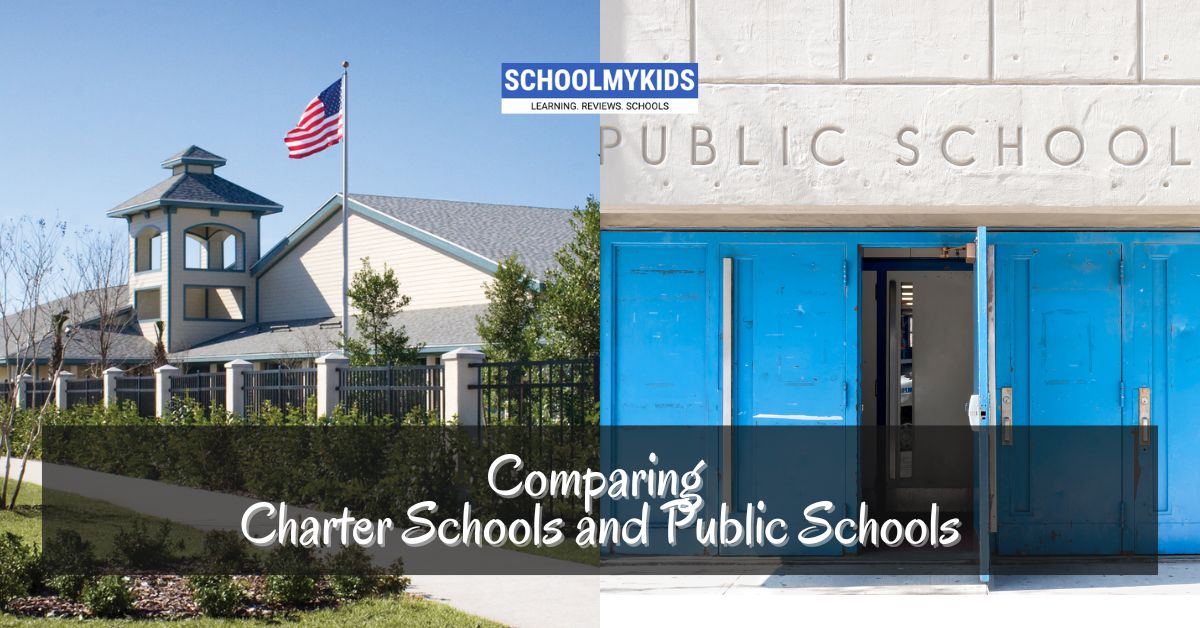Choosing the right school for your child is a crucial decision that can significantly impact their academic and personal development. Among the various options available, charter schools and public schools are two primary types of educational institutions that parents often consider. This article aims to compare charter schools and public schools, examining their key differences, advantages, and disadvantages to help you make an informed choice.
Understanding Charter Schools
Charter schools are publicly funded but operate independently of the traditional public school system. They are established by a charter, which is a performance contract detailing the school’s mission, program, students served, performance goals, and methods of assessment. These schools have more flexibility in their operations compared to public schools, but they are held accountable for achieving specific educational outcomes.
Understanding Public Schools
Public schools are government-funded schools that are part of a school district. They follow state education standards and curricula and are managed by school boards and districts. Public schools are required to accept all students within their district and provide a standardized education to all.
Key Differences Between Charter Schools and Public Schools
Funding and Management
- Charter Schools: Funded by state and local tax dollars, as well as private donations. They operate under a charter agreement, granting them more autonomy in their management and operations. They can innovate with curricula, teaching methods, and school policies.
- Public Schools: Fully funded by state and local taxes. Managed by school districts and must adhere to state education regulations and standards. They have less flexibility in terms of curricula and policies.
Curriculum and Teaching Methods
- Charter Schools: Have the freedom to design their own curricula and teaching methods, which can lead to innovative educational approaches. They may focus on specific areas such as STEM, arts, or college preparation.
- Public Schools: Follow a state-mandated curriculum that ensures a standardized education. Teaching methods are more traditional and aligned with state guidelines.
Accountability and Performance
- Charter Schools: Held accountable by their charter agreements, which include performance goals. If they fail to meet these goals, they risk closure. They undergo regular reviews to ensure they are meeting their stated objectives.
- Public Schools: Held accountable through state assessments and standardized testing. Performance is monitored by the school district and state education departments.
Admissions and Enrollment
- Charter Schools: Often have an application process and may use a lottery system if there are more applicants than available spots. They can have selective admissions criteria based on their charter.
- Public Schools: Required to accept all students within their district boundaries without any selective admissions process.
Class Size and Student-Teacher Ratios
- Charter Schools: Typically have smaller class sizes and lower student-teacher ratios, allowing for more individualized attention and personalized learning experiences.
- Public Schools: Often have larger class sizes due to district regulations and budget constraints, which can impact the amount of individual attention each student receives.
Advantages of Charter Schools
- Innovative Approaches: Charter schools can implement unique curricula and teaching methods that may better suit certain students’ learning styles and interests.
- Smaller Class Sizes: The ability to maintain smaller class sizes can lead to more personalized instruction and support for students.
- Specialized Programs: Many charter schools offer specialized programs focused on areas like STEM, the arts, or language immersion, catering to students’ specific interests and talents.
- Parental Involvement: Charter schools often encourage strong parental involvement and community engagement, fostering a collaborative educational environment.
Disadvantages of Charter Schools
- Variable Quality: The quality of charter schools can vary widely, as they are not uniformly regulated. Some may excel, while others may struggle to meet educational standards.
- Limited Availability: Charter schools may have limited spots available, leading to waitlists and competitive admissions processes.
- Instability: Charter schools that fail to meet performance goals may face closure, causing disruption for students and families.
Advantages of Public Schools
- Standardized Education: Public schools provide a consistent, standardized education that ensures all students meet state educational requirements.
- Broad Accessibility: Public schools accept all students within their district, offering an inclusive educational environment.
- Comprehensive Resources: Often have access to a wide range of resources and extracurricular activities, including sports, arts programs, and special education services.
- Experienced Staff: Public schools often employ highly qualified teachers who are required to meet state certification standards.
Disadvantages of Public Schools
- Larger Class Sizes: Public schools may have larger class sizes, which can limit the amount of individualized attention students receive.
- Less Flexibility: Public schools must adhere to state regulations and standardized curricula, which can limit their ability to innovate.
- Budget Constraints: Funding for public schools is often tied to local property taxes, which can lead to disparities in resources and facilities between districts.
Making the Right Choice
When deciding between charter schools and public schools, consider the following factors:
- Educational Goals: Identify your child’s academic strengths, interests, and needs. Choose a school that aligns with their learning style and aspirations.
- School Performance: Research the performance and reputation of specific charter and public schools in your area. Look at standardized test scores, graduation rates, and parent reviews.
- Curriculum and Programs: Consider the type of curriculum and programs offered. If your child has a particular interest or talent, look for schools that specialize in that area.
- Class Size and Environment: Think about the learning environment that will best support your child’s growth. Smaller class sizes and personalized attention may be important factors.
- Parental Involvement: Reflect on the level of involvement you wish to have in your child’s education. Some schools may offer more opportunities for parental engagement than others.
Conclusion
Both charter schools and public schools have their unique advantages and challenges. Charter schools offer flexibility, innovation, and specialized programs, while public schools provide standardized education, broad accessibility, and comprehensive resources. Understanding these differences and considering your child’s specific needs will help you make an informed decision that supports their academic success and overall development. Ultimately, the best choice is one that aligns with your child’s learning style, interests, and long-term educational goals.








Be the first one to comment on this story.